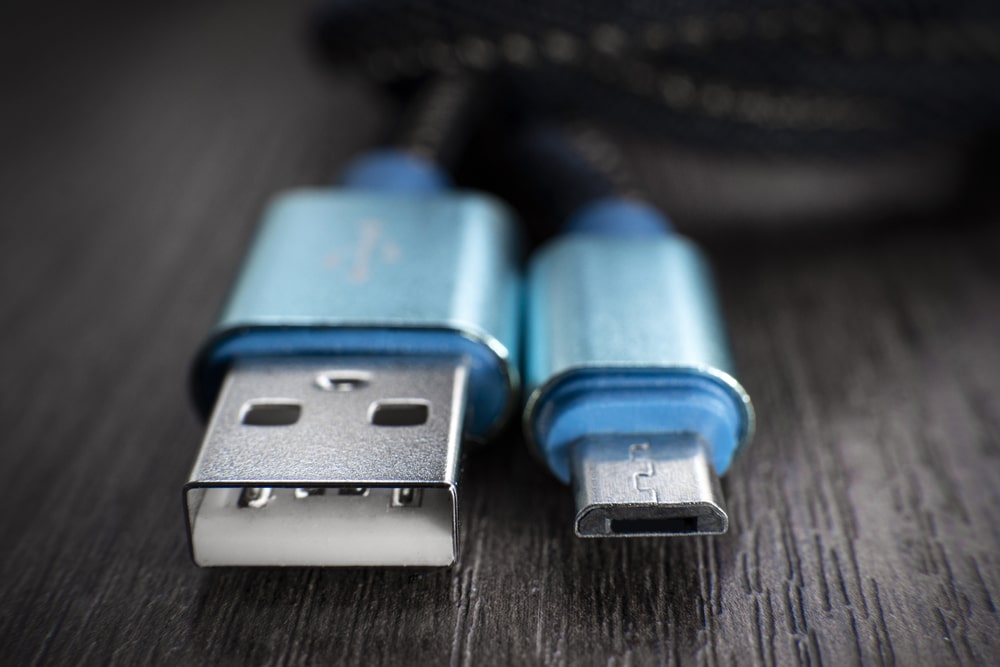Chances are you have several devices in your home that you charge using a standard USB port. You might plug the devices into a laptop or desktop computer. Or perhaps you have a USB cable that plugs into a small power pack that, in turn, plugs into the wall. USB power is so commonplace that we take it for granted.
If you were born before 2000, you probably remember the days before USB power. In fact, you probably remember when USB devices were first introduced. They were revolutionary in the computing world. Back then, charging power was never even a consideration. So how did we get from there to where we are today?
Data Transfer First and Foremost
Today you can buy USB rechargeable smart batteries from Pale Blue Earth. You can buy smartphones from Apple and Samsung that are recharged via USB cables. USB power is all around us. It didn’t used to be.
The USB concept was first developed in the mid-1990s as a way to solve some of the compatibility issues of computer peripherals. Back then, Apple and Microsoft were locked in a heated war of PC dominance. One of the fronts on which they fought was that of peripherals.
Back then, computer manufacturers relied on a lengthy list of connection types to support everything from monitors to printers. There was little standardization, which created nightmares for consumers. USB was meant to change that.
USB was developed to be a universal port with the primary goal of facilitating data transfer. In fact, data transfer was the only priority for more than 15 years. Manufacturers wanted standardized ports that could transfer data as fast as possible, believing that faster speeds would win the day. They were right. In 2010, things started to change though.
Data and Power
Even though USB devices were originally developed with data speed as the number one priority, they still delivered power. The idea was for the USB port to simultaneously transfer data and power whatever device was connected, thus eliminating the need for a separate power cord. Engineers eventually figured out that they could increase both data speeds and power capabilities in parallel.
It was at that point that device makers started looking at USB as a power option. Engineers eventually began designing USB ports that delivered power only – no data involved. You might have a couple of those data-free ports in your car. All they do is deliver power.
Now that we are up to the fourth generation of USB technology, power needs are proving to be more important than data transfer. Yes, people still want fast peripherals that they can plug into their laptops, but devices like cell phones and tablets have become equally important, if not more so.
Enter the USB Battery
By the mid-2010s it became apparent that USB technology was destined to be more crucial to power electronic devices than transferring data. Battery makers latched on to USB with a grip so tight that USB designers had no choice but to give them what they wanted. Enter the USB battery.
These days, Pale Blue Earth’s USB rechargeable batteries are intended for devices that normally run 9V, AA, and AAA batteries. But guess what? The battery in your smartphone is also a USB rechargeable battery. So is the battery in your MP3 player, your tablet, and so forth.
The USB concept started out as a way to eliminate peripheral ports through standardized data transfer. It has since evolved to become one of the most routinely used power options for charging batteries.


